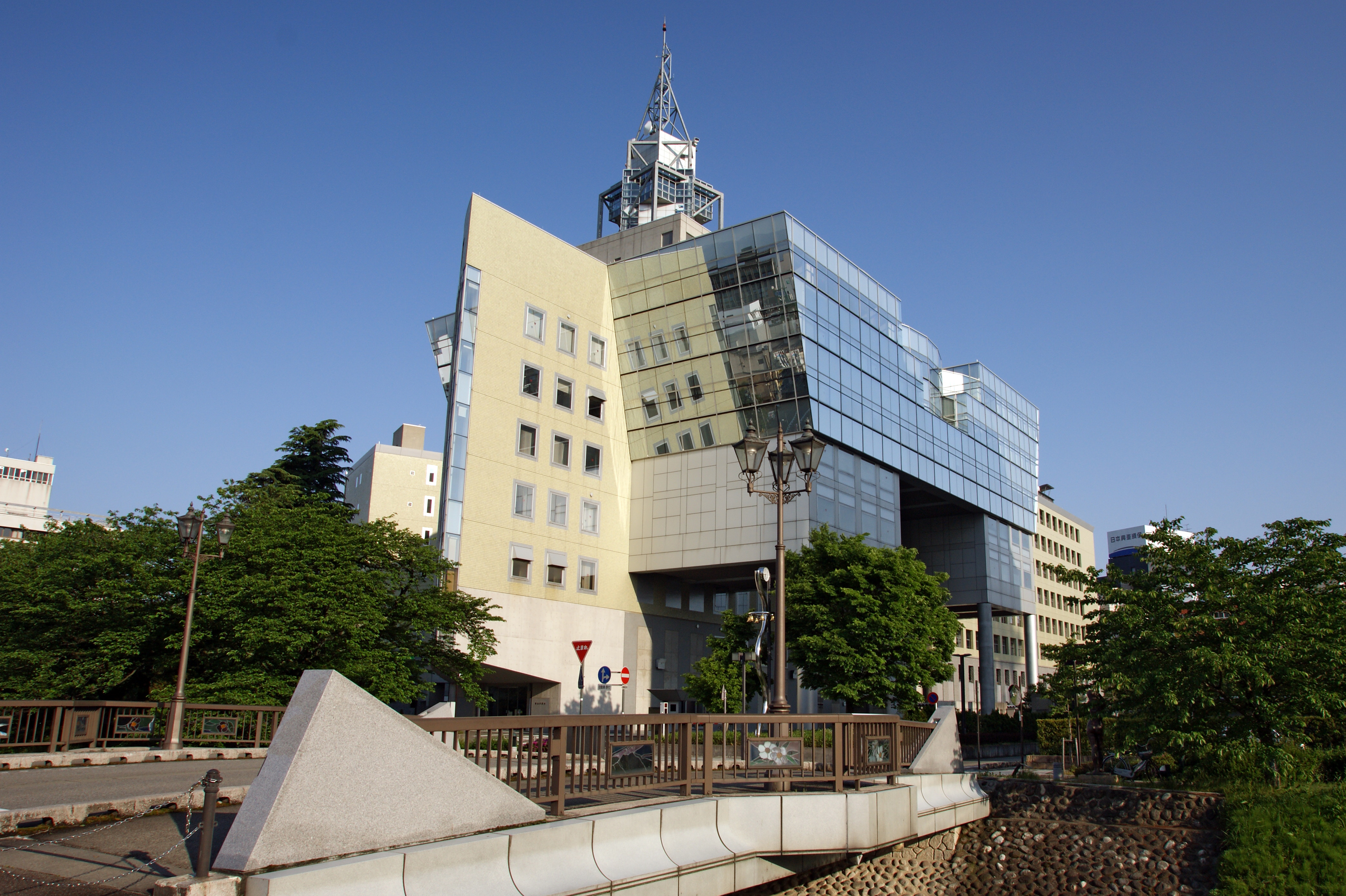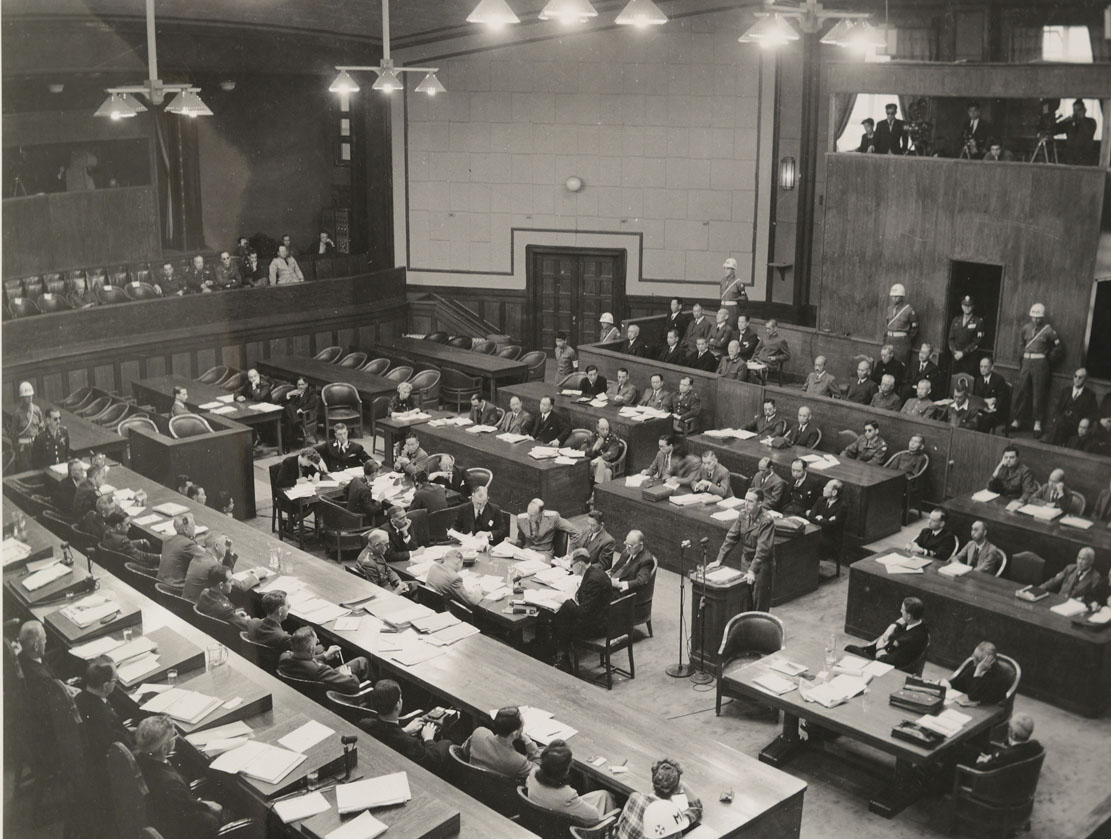|
Ryūzō Sejima
was a Japanese army officer and business leader. Early life and military career Sejima was born in Toyama, Toyama, Toyama, Japan. His father, , was an officer in the Imperial Japanese Army who served under General Nogi Maresuke, Maresuke Nogi during the Russo-Japanese War, and was later the mayor of the village of Matsuzawa in Nishitonami District, Toyama. Sejima graduated from in 1938. During the Pacific War, he was as a staff officer at the Imperial Headquarters. He instructed the Guadalcanal recovery strategy, New Guinea strategy, and in July 1945 moved out to the Kwantung Army as a staff officer, where he negotiated Japan's cease-fire with Soviet General Aleksandr Vasilevsky. He became a prisoner of war alongside General Otozō Yamada following Japan's surrender in 1945, and was detained for 11 years in Siberia. He was briefly flown from Vladivostok to Tokyo in 1946 to testify at the International Military Tribunal for the Far East. Most of Sejima's 11 years in Siberia were ... [...More Info...] [...Related Items...] OR: [Wikipedia] [Google] [Baidu] |
Toyama, Toyama
is the capital city of Toyama Prefecture, Japan, located on the coast of the Sea of Japan in the Chūbu region on central Honshū, about north of the city of Nagoya and northwest of Tokyo. , the city had an estimated population of 415,844 in 176,643 households, and a population density of 335 persons per km2. Its total area was . Overview The city has been designated an environmental model city by the national government for its efforts to reduce the emission of greenhouse gases. Cityscapes File:Toyama Castle (4207284334).jpg, Toyama Castle(2009) File:Anyobo, Toyama, Toyama Prefecture 930-0881, Japan - panoramio (35).jpg, Skyline of Toyama City(2015) File:View from Toyama City Hall, north side.jpg, CBD of Toyama(2018) File:Sogawa st.jpeg, Downtown Sōgawa(2016) File:Fugan unga.JPG, Toyama Kansui park(2016) Geography Located in the middle of its prefecture, Toyama is a seaside city by the coast of the Sea of Japan. Its municipal territory borders with ... [...More Info...] [...Related Items...] OR: [Wikipedia] [Google] [Baidu] |
Army War College (Japan)
:''This article deals with the Empire of Japan's Army War College. For other war colleges, see: War college.'' The ; Short form: of the Empire of Japan was founded in 1882 in Minato, Tokyo to modernize and Westernize the Imperial Japanese Army. Much of the empire's elite including prime ministers during the period of Japanese militarism were graduates of the college. History Supported by influential pro-German ministers and army officers, the Army War College was modeled after the Prussian '' Preußische Kriegsakademie'', with German officers hired as Oyatoi gaikokujin to provide training. The most prominent of these instructors was Major Klemens W.J. Meckel. He was influential in assisting in the reorganization of the standing army from a garrison-based system into a divisional system. Reporting directly to the Imperial Japanese Army General Staff Headquarters, the college specialized initially in teaching tactics, and was regarded as the pinnacle of the Army educational ... [...More Info...] [...Related Items...] OR: [Wikipedia] [Google] [Baidu] |
Yasuhiro Nakasone
was a Japanese politician who served as Prime Minister of Japan and President of the Liberal Democratic Party from 1982 to 1987. He was a member of the House of Representatives for more than 50 years. He was best known for pushing through the privatization of state-owned companies, and for helping to revitalize Japanese nationalism during and after his term as prime minister. Early life Nakasone was born in Takasaki in Gunma, a prefecture northwest of Tokyo, on 27 May 1918. He was the second son of Nakasone Matsugoro II, a lumber dealer, and Nakamura Yuku. He had five siblings: an elder brother named Kichitaro, an elder sister named Shoko, a younger brother named Ryosuke and another younger brother and younger sister who both died in childhood. The Nakasone family had been of the ''samurai'' class during the Edo period, and claimed direct descent from the Minamoto clan through the famous Minamoto no Yoshimitsu and through his son Minamoto no Yoshikiyo (d. 1149). According to ... [...More Info...] [...Related Items...] OR: [Wikipedia] [Google] [Baidu] |
Ataka & Co
Ataka may refer to: * Attack (political party), Bulgarian nationalist political party *Ataka (play), a Japanese play used as a source for the film ''The Men Who Tread On the Tiger's Tail'' *9M120 Ataka The 9M120 ''Ataka'' (russian: Атака; ''Attack'') is an anti-tank guided missile (ATGM) originating from the Soviet Union. The NATO reporting name of the 9M120 missile is the AT-9 ''Spiral-2''. It is the next major generation in the 9K114 Sh ..., a Russian-made anti-tank guided missile * Japanese Gunboat Ataka on the Yangtze River in the 1930s and during the Second Sino-Japanese War {{disambig ... [...More Info...] [...Related Items...] OR: [Wikipedia] [Google] [Baidu] |
People's Republic Of China
China, officially the People's Republic of China (PRC), is a country in East Asia. It is the world's most populous country, with a population exceeding 1.4 billion, slightly ahead of India. China spans the equivalent of five time zones and borders fourteen countries by land, the most of any country in the world, tied with Russia. Covering an area of approximately , it is the world's third largest country by total land area. The country consists of 22 provinces, five autonomous regions, four municipalities, and two Special Administrative Regions (Hong Kong and Macau). The national capital is Beijing, and the most populous city and financial center is Shanghai. Modern Chinese trace their origins to a cradle of civilization in the fertile basin of the Yellow River in the North China Plain. The semi-legendary Xia dynasty in the 21st century BCE and the well-attested Shang and Zhou dynasties developed a bureaucratic political system to serve hereditary monarchies, or dyna ... [...More Info...] [...Related Items...] OR: [Wikipedia] [Google] [Baidu] |
General Motors
The General Motors Company (GM) is an American Multinational corporation, multinational Automotive industry, automotive manufacturing company headquartered in Detroit, Michigan, United States. It is the largest automaker in the United States and was the largest in the world for 77 years before losing the top spot to Toyota in 2008. General Motors operates manufacturing plants in eight countries. Its four core automobile brands are Chevrolet, Buick, GMC (automobile), GMC, and Cadillac. It also holds interests in Chinese brands Wuling Motors and Baojun as well as DMAX (engines), DMAX via joint ventures. Additionally, GM also owns the BrightDrop delivery vehicle manufacturer, GM Defense, a namesake Defense vehicles division which produces military vehicles for the United States government and military; the vehicle safety, security, and information services provider OnStar; the auto parts company ACDelco, a GM Financial, namesake financial lending service; and majority ownership in t ... [...More Info...] [...Related Items...] OR: [Wikipedia] [Google] [Baidu] |
Khabarovsk
Khabarovsk ( rus, Хабaровск, a=Хабаровск.ogg, r=Habárovsk, p=xɐˈbarəfsk) is the largest types of inhabited localities in Russia, city and the administrative centre of Khabarovsk Krai, Russia,Law #109 located from the China–Russia border, at the confluence of the Amur River, Amur and Ussuri Rivers, about north of Vladivostok. With a Russian Census (2010), 2010 population of 577,441 it is Russia's easternmost city with more than half a million inhabitants. The city was the administrative center of the Far Eastern Federal District of Russia from 2002 until December 2018, when Vladivostok took over that role. It is the largest city in the Russian Far East, having overtaken Vladivostok in 2015. It was known as ''Khabarovka'' until 1893. As is typical of the interior of the Russian Far East, Khabarovsk has an #Climate, extreme climate with very strong seasonal swings resulting in strong cold winters and relatively hot and humid summers. History Earliest record ... [...More Info...] [...Related Items...] OR: [Wikipedia] [Google] [Baidu] |
International Military Tribunal For The Far East
The International Military Tribunal for the Far East (IMTFE), also known as the Tokyo Trial or the Tokyo War Crimes Tribunal, was a military trial convened on April 29, 1946 to try leaders of the Empire of Japan for crimes against peace, conventional war crimes, and crimes against humanity leading up to and during the Second World War. It was modeled after the International Military Tribunal (IMT) formed several months earlier in Nuremberg, Germany to prosecute senior officials of Nazi Germany. Following Japan's defeat and occupation by the Allies, the Supreme Commander of the Allied Powers, United States General Douglas MacArthur, issued a special proclamation establishing the IMTFE. A charter was drafted to establish the court's composition, jurisdiction, procedures; the crimes were defined based on the Nuremberg charter. The Tokyo War Crimes Tribunal was composed of judges, prosecutors, and staff from eleven countries that had fought against Japan: Australia, Canada, Chin ... [...More Info...] [...Related Items...] OR: [Wikipedia] [Google] [Baidu] |
Siberia
Siberia ( ; rus, Сибирь, r=Sibir', p=sʲɪˈbʲirʲ, a=Ru-Сибирь.ogg) is an extensive geographical region, constituting all of North Asia, from the Ural Mountains in the west to the Pacific Ocean in the east. It has been a part of Russia since the latter half of the 16th century, after the Russians conquered lands east of the Ural Mountains. Siberia is vast and sparsely populated, covering an area of over , but home to merely one-fifth of Russia's population. Novosibirsk, Krasnoyarsk and Omsk are the largest cities in the region. Because Siberia is a geographic and historic region and not a political entity, there is no single precise definition of its territorial borders. Traditionally, Siberia extends eastwards from the Ural Mountains to the Pacific Ocean, and includes most of the drainage basin of the Arctic Ocean. The river Yenisey divides Siberia into two parts, Western and Eastern. Siberia stretches southwards from the Arctic Ocean to the hills of north-ce ... [...More Info...] [...Related Items...] OR: [Wikipedia] [Google] [Baidu] |
Otozō Yamada
was a career officer, war criminal and general in the Imperial Japanese Army, serving from the Russo-Japanese War to the end of World War II. Biography Early career Yamada was born in Nagano Prefecture as the third son of Ichikawa Katashi, an accountant in the Imperial Japanese Army, and was adopted by the Yamada family as a child. He graduated from the 14th class of the Imperial Japanese Army Academy in 1903, and his classmates included future generals Motoo Furushō and Toshizō Nishio. He was promoted to lieutenant in February 1905 and taught as an instructor at the Army Academy, and was promoted to captain in September 1912. He graduated from the 24th class of the Army Staff College in November, where his classmates included Kenji Doihara, Kiyoshi Katsuki, Hisao Tani and Yanagawa Heisuke. As a cavalry officer, his rise through the ranks was steady. He was promoted to major in June 1918 and appointed an instructor at the Army Cavalry School, receiving a promotion to lieutena ... [...More Info...] [...Related Items...] OR: [Wikipedia] [Google] [Baidu] |
Prisoner Of War
A prisoner of war (POW) is a person who is held captive by a belligerent power during or immediately after an armed conflict. The earliest recorded usage of the phrase "prisoner of war" dates back to 1610. Belligerents hold prisoners of war in custody for a range of legitimate and illegitimate reasons, such as isolating them from the enemy combatants still in the field (releasing and repatriating them in an orderly manner after hostilities), demonstrating military victory, punishing them, prosecuting them for war crimes, exploiting them for their labour, recruiting or even conscripting them as their own combatants, collecting military and political intelligence from them, or indoctrinating them in new political or religious beliefs. Ancient times For most of human history, depending on the culture of the victors, enemy fighters on the losing side in a battle who had surrendered and been taken as prisoners of war could expect to be either slaughtered or enslaved. Ear ... [...More Info...] [...Related Items...] OR: [Wikipedia] [Google] [Baidu] |






